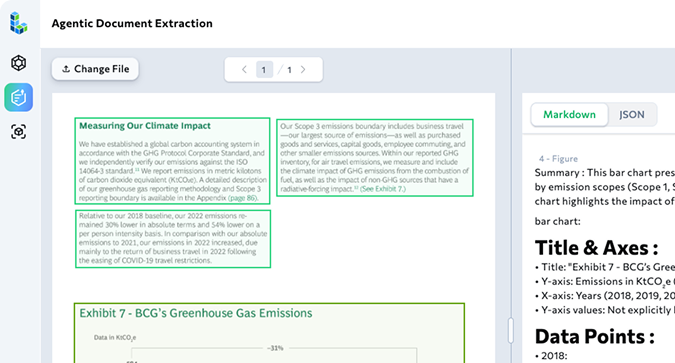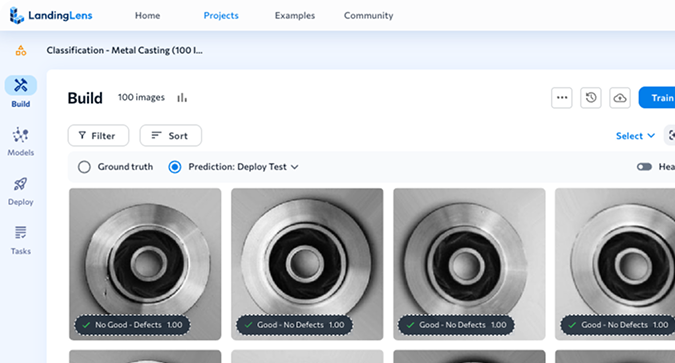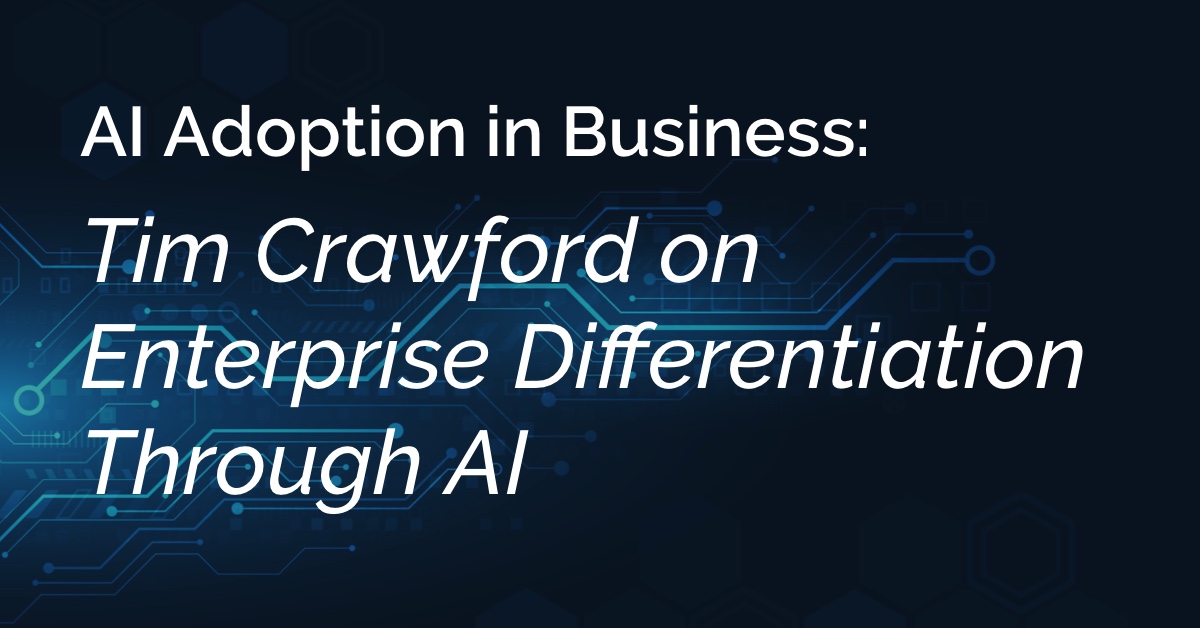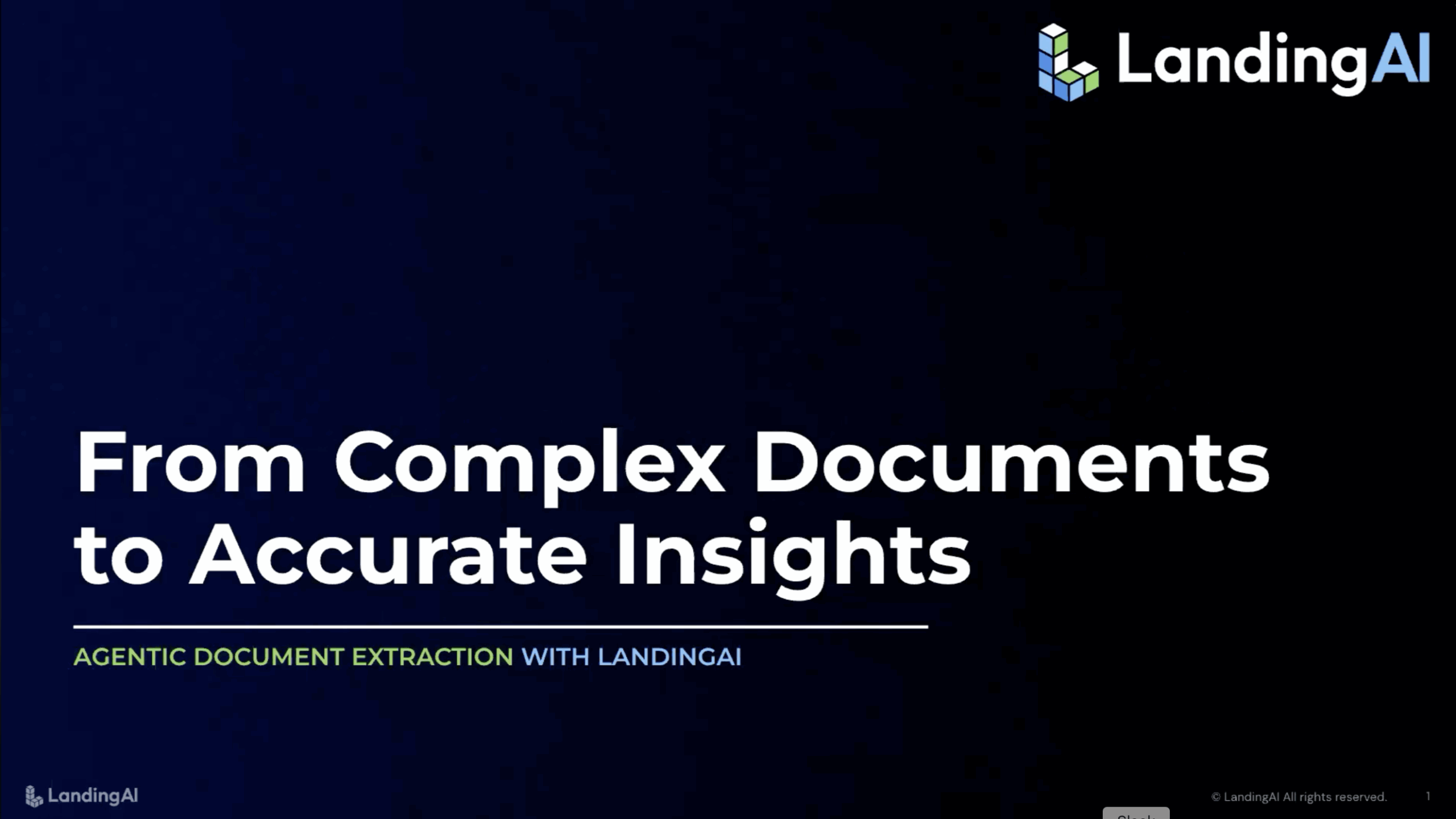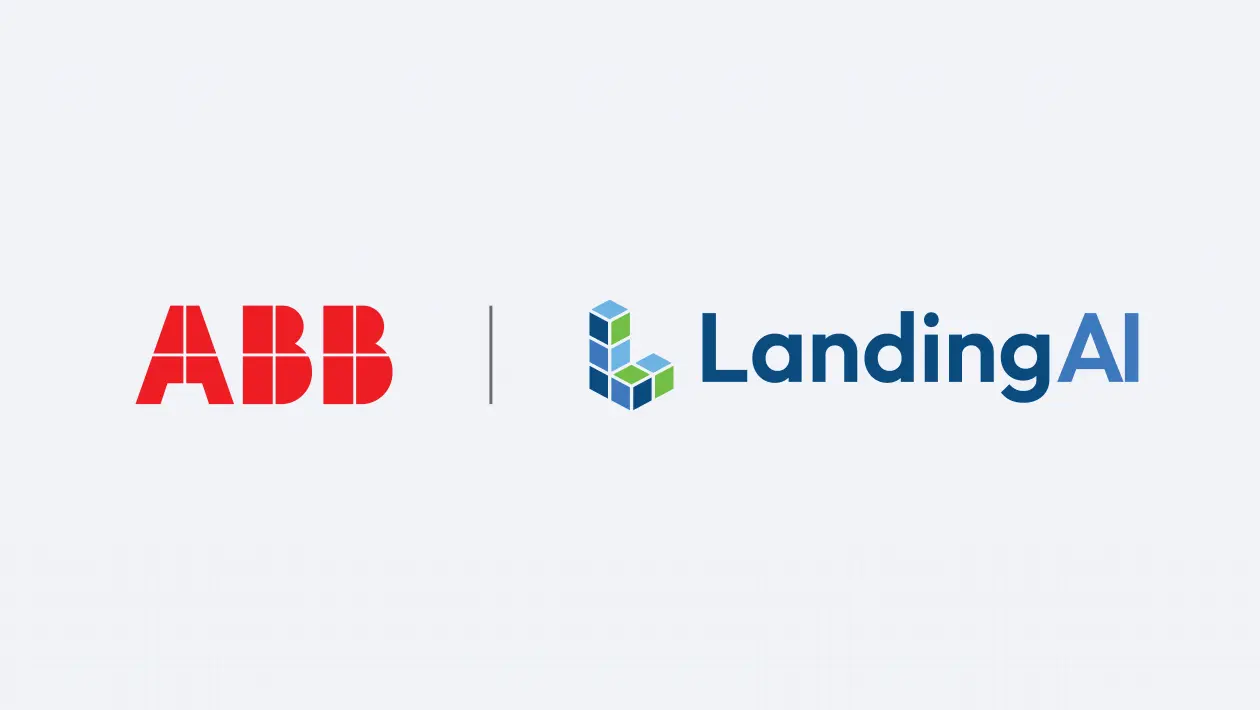AI Adoption in Business:
Tim Crawford on Enterprise Differentiation Through AI
In our new “AI Adoption in Business” blog series, we’ll be showcasing thought leaders and business executives and their perspectives on AI adoption in the enterprise. Our guest for this installment is Tim Crawford, CIO Strategic Advisor for AVOA, who discussed why AI plays a key role in business differentiation and shared advice on how enterprises can get started with AI.
Tell us about yourself.
I’ve spent most of my career leading IT orgs for prominent companies, most recently as CIO. Today, I serve as CIO Strategic Advisor for AVOA working with fellow CIOs, technology, and business executives by providing thought leadership from the CIO perspective.
What is your perspective on the effectiveness of AI?
AI is an incredibly powerful tool and we are only just starting to scratch the surface on the value AI can bring. There are so many ways that AI can benefit organizations from customer engagement to business operations. Most organizations are still in the early stages of learning how AI can be used to accelerate their organization. Much of the data still sits in silos and is challenging to tap into. Once tapped into, preparing the data and using the right models take time to work through.
From your conversations with CIOs, how important is AI when it comes to their 2021 and beyond technology roadmap?
In a word: Very. Most executives are looking at ways to leverage data in more meaningful ways. We know that understanding the changing customer is key to our success. That requires us to leverage data from the edge to the cloud. We need to engage the right data, in the right way. At the same time, complexity from regulatory, compliance, and privacy requirements do require more work to leverage effectively and appropriately. Beyond customer engagement, companies are looking to data, and AI to better understand how their business is operating and how to run it more effectively. Similar to customer engagement, this requires data and processing from edge to cloud. Data and automation paired with intelligence is a powerful combination. As companies look to shift operations, increase customer engagement and transform their business, AI plays a key role.
What are the top business challenges that AI can address for enterprises?
AI can be the ultimate game changer for an enterprise. AI can unlock insights not previously possible. In addition, AI provides the ability to increase speed to insights with a higher degree of accuracy. This leads to better business decisions faster. Whether applying AI to customer engagement or business operations, AI provides the ability to get what is needed at the time it is needed. For customers and businesses alike, this means ready access to information. Companies will be differentiated by how well they leverage their data. AI sits at the heart of this differentiation.
What hurdles do enterprises need to overcome in order to successfully adopt and operationalize AI?
Most enterprises struggle with where to get started first. There are so many opportunities from leveraging AI. To maximize the potential of AI projects, enterprises should understand where they can derive the most value. These benefits often lie within core business operations and customer engagement areas. Beyond that, experimentation is key. Will the first project be wildly successful? Probably not. But there is much to learn, and it is an iterative process with an exponential learning curve. The sooner one gets started, the sooner one derives the value AI can provide. Understand the data and how AI models could apply to the data. Understand where it fits into the company’s business objectives. Those projects that are closer to a core business objective are best to start with. Also, don’t assume you have to do it all yourself. There are many resources that enterprises can rely on to help guide them through the process.
What recommendations do you have for the CEO or CIO at enterprises who are beginning their AI journey?
The best advice is to pick a key business objective that is data-intensive and start there. Find a small project where the team can experiment and start to understand how AI works. Do not expect perfection or a positive outcome. It is a learning process that will provide insights as to the next move. Most companies find that using AI is a fast-paced learning curve. There are many, many opportunities for AI to benefit and differentiate a company. Focus on those areas that have the highest potential of value for customers and business operations. Find those partners and technologies that can catapult your team’s ability. Do not assume you need a top-tier team of data scientists to succeed. In quick order, AI technologies are increasingly more accessible to the citizen analyst.
About Tim Crawford
Tim Crawford is ranked as one of the topmost influential CIOs and regularly quoted in the Wall Street Journal, CIO.com, Forbes, SiliconAngle, and TechTarget. Tim is a strategic CIO, executive coach and advisor that works with large global enterprise organizations across a number of industries including financial services, healthcare, major airlines, and high-tech. Tim’s work differentiates and catapults organizations in transformative ways through the use of technology as a strategic lever. Tim takes a provocative, but pragmatic approach to the intersection of business and technology.
Tim has served as CIO and other senior IT roles with global organizations such as Konica Minolta/ All Covered, Stanford University, Knight-Ridder, Philips Electronics, and National Semiconductor. He is a board advisor to Latent AI and a member of the Wall Street Journal’s CIO Network. Tim serves as host of the CIO In The Know and CxO In The Know podcasts. The weekly podcasts interview CIOs and top executives to discuss the top issues facing them today.
Tim holds an MBA in International Business with Honors from Golden Gate University Ageno School of Business and a Bachelor of Science degree in Computer Information Systems from Golden Gate University.
